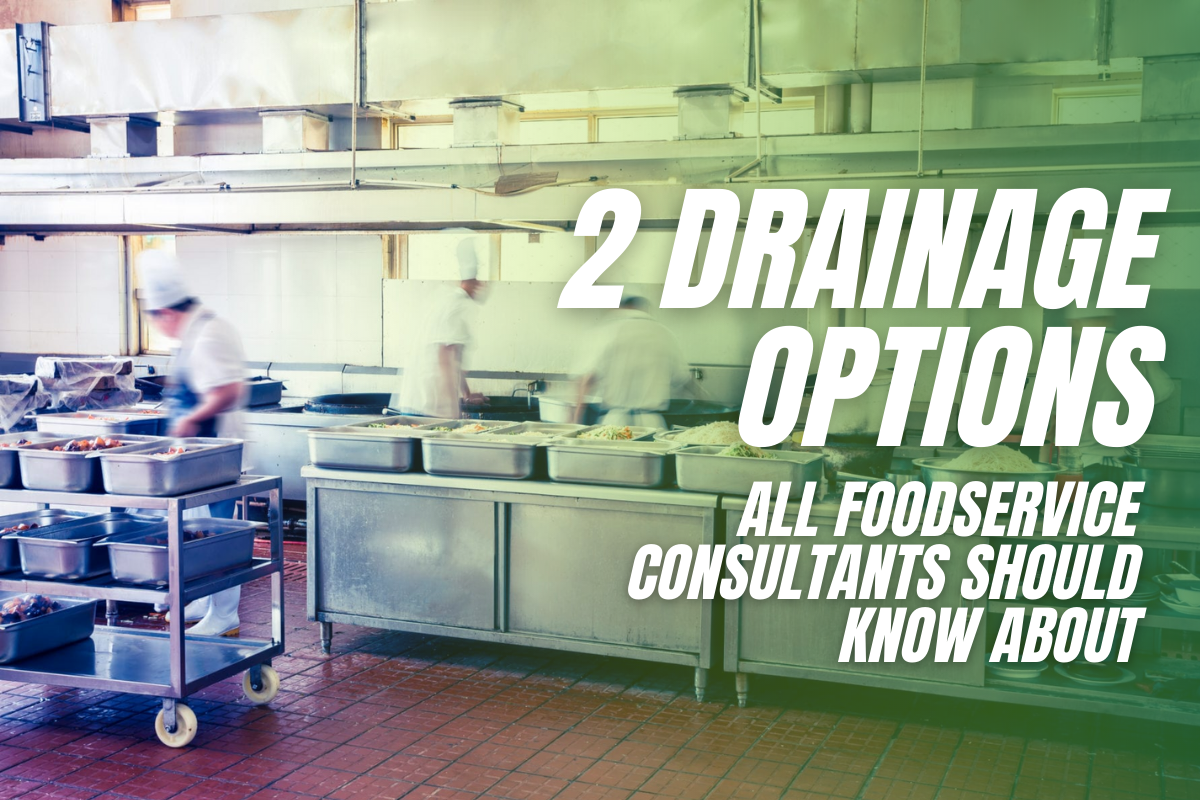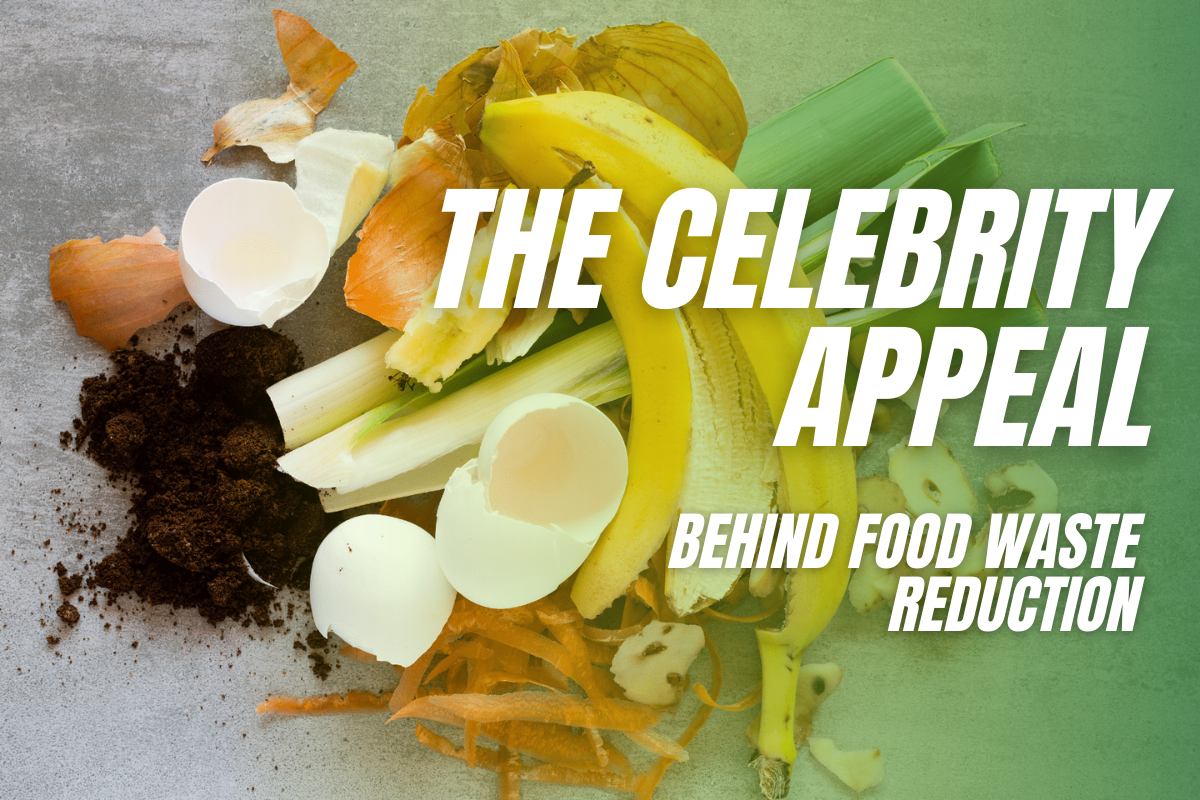
Made To Drain created two unique products designed to make drainage easy, effective, and convenient.
What sets Made To Drain (MTD) apart is the engineered floor troughs developed to assist and enhance the draining process. The Leak Eliminator and Clog-Free™ are two of MTD’s products that are making a big difference in kitchens everywhere. Anyone who works in the foodservice industry will want to know about these amazing drain options.
Made To Drain’s Leak Eliminator
Nobody wants to deal with having a leak no matter how big or small the damage is. The Leak Eliminator was designed by MTD is help avoid unnecessary leaks when it comes to floor trough installations. All of MTD’s products are created with the intention of containing and redirecting excessive water and debris. The seepage flange mates support the flooring of the trough while also clenching down to create a “watertight seal”. The weep holes placed on the flange permit any excess liquid to smoothly flow into the building drain line. Investing in the Leak Eliminator is a good way to be proactive and, hopefully, avoid leaks all together! The Leak Eliminator, and all of MTD’s products, were carefully constructed to guarantee the highest levels of quality and safety for their consumers and customers. Buying the Leak Eliminator is not just an everyday purchase but an investment. Read more the specifics of the Leak Eliminator by visiting MTD’s site.
Made To Drain’s Clog-Free™
MTD’s Clog-Free™ has given drainage a whole new image and reputation. Clogs are a problem of the past when consumers invest in Clog-Free™. With Clog-Free™ consumers are able to completely eliminate free-standing water. This particular product provides the ultimate protection for any tile and grout used to ground a floor trough by virtually cutting back on all clogs and leaks. As a result, another added benefit of Clog-Free™ is a noteworthy difference in minimizing the number of slips and falls taking place in the kitchen area. Clog-Free™ takes safety to a new level.
However, it is the high capacity strainer trays that make Clog-Free™ stand out. Watch this video to see how beautifully the tray works in action. Grease traps will indirectly greatly benefit from investing in Clog-Free™ by reducing the amount of sediment throughout the process. Not to mention, the additional perk of never having to make another maintenance-related phone call is enough to make anyone in the foodservice industry consider investing in Clog-Free™.
How to make the best drainage choice
Food consultants are one-way interested individuals are able to learn about drainage options when it comes to the foodservice industry. Made To Design’s website provides potential customers with the essential information needed to make the best decision. For each product
Made To Design shares the spec sheet, Revit, and installation guide of each and every product. Navigating the architecture of MTD’s products can seem overwhelming, but it is actually a very easy process. Made To Drain provides all of their contact information for any questions or concerns and is happy to help you with this process. Use this tool provided by Made To Drain to find a rep nearby to begin exploring all of the products and opportunities today.
In the past, drainage may have not been considered innovative or impressive, but Made To Drain has changed the drainage game. The foodservice industry is changing for the better with products like Leak Eliminator and Clog-Free™. It can be overwhelming to begin thinking about these changes and purchases, but Made To Drain is here to help. Check out MTD’s engineered floor troughs and remarkable draining options and it will be obvious why consumers will want to invest in these products.




